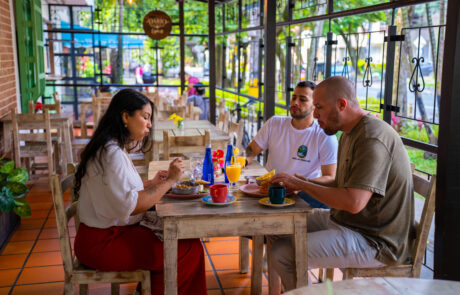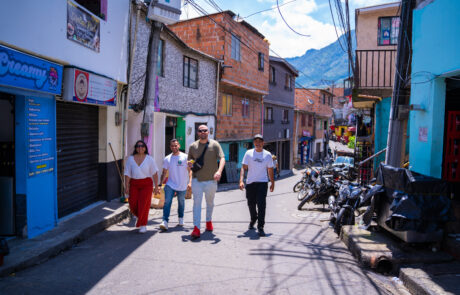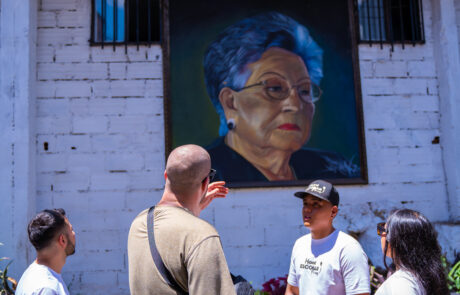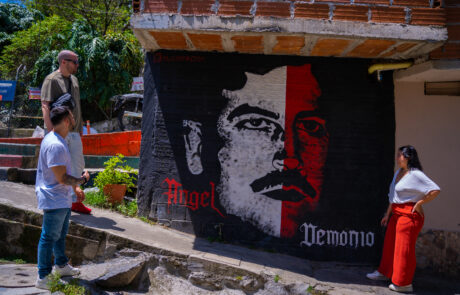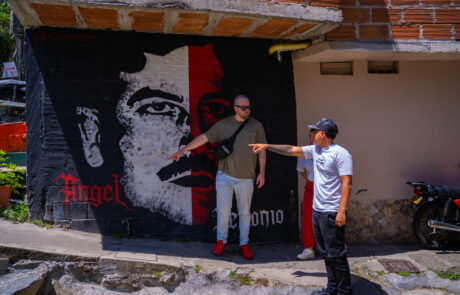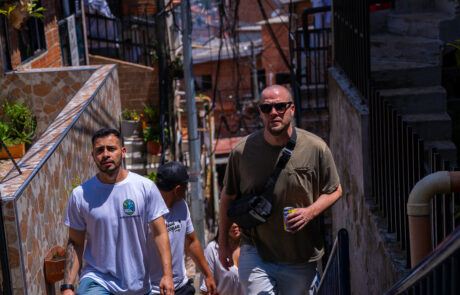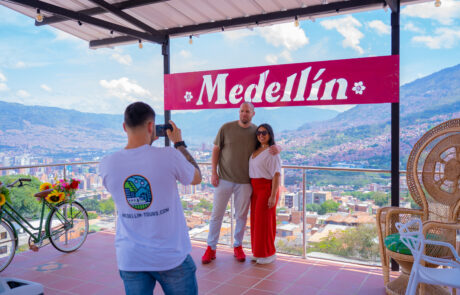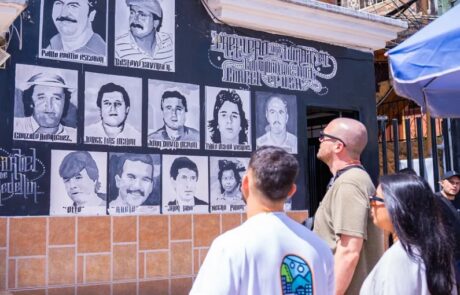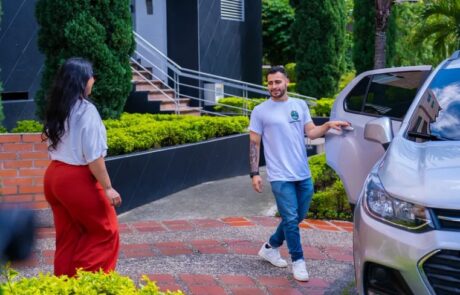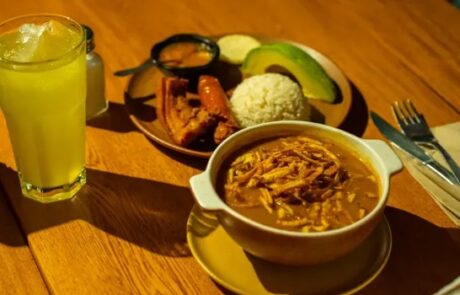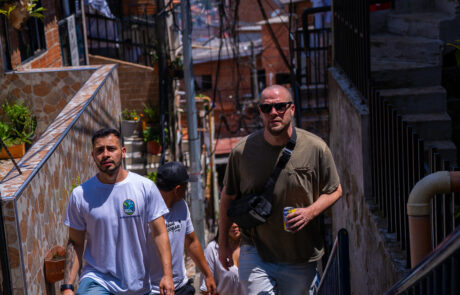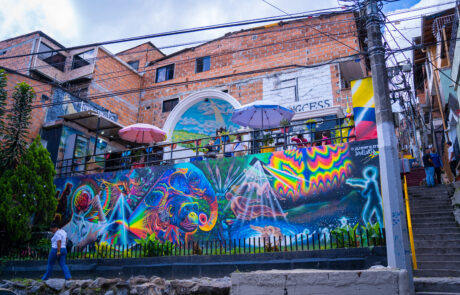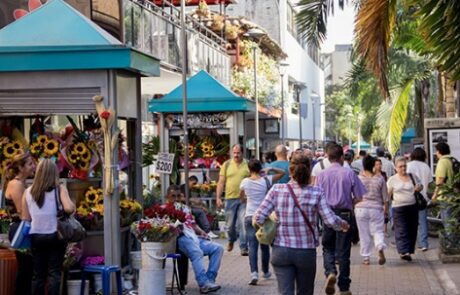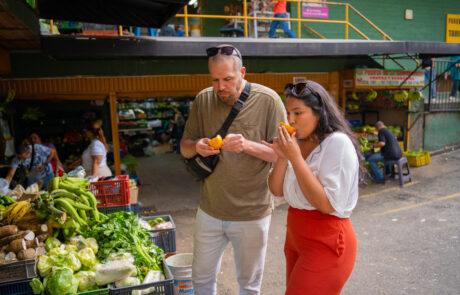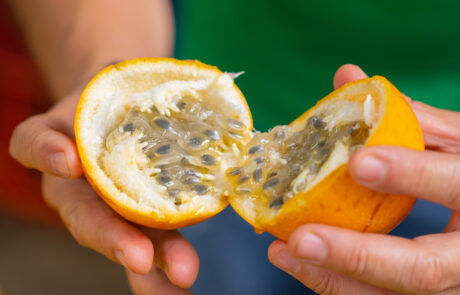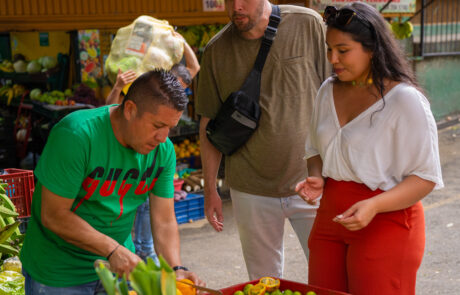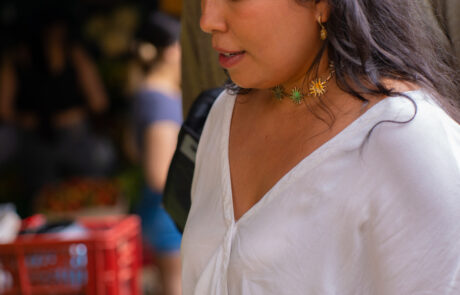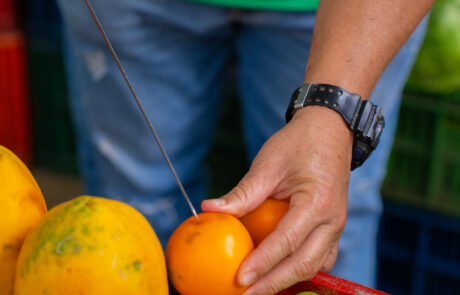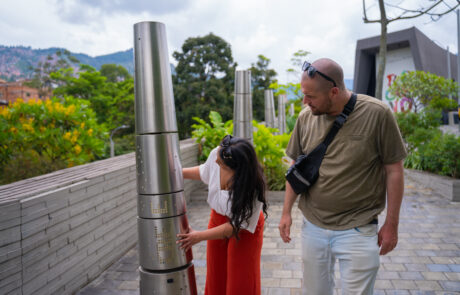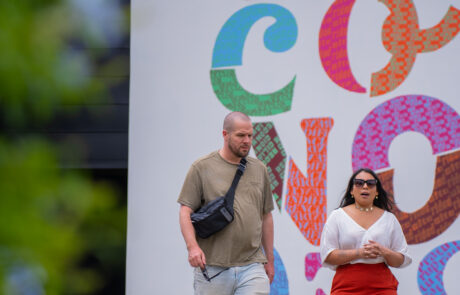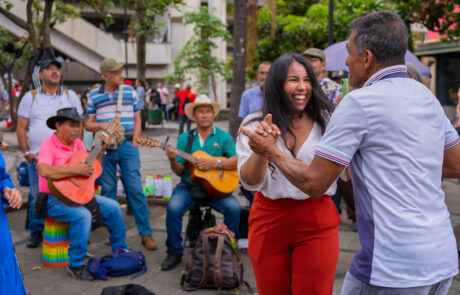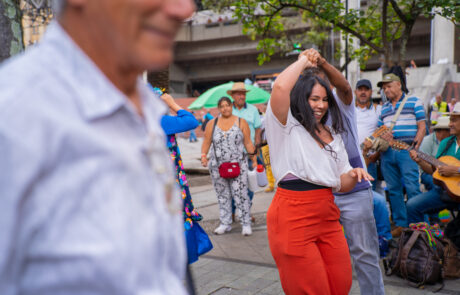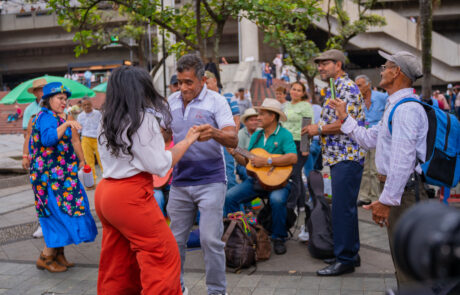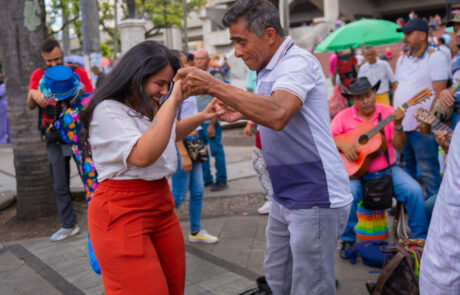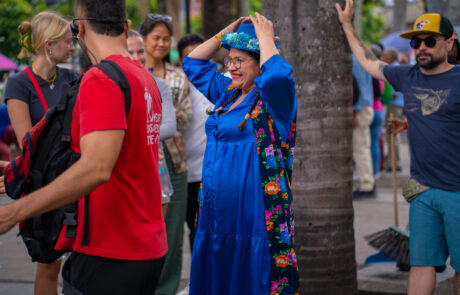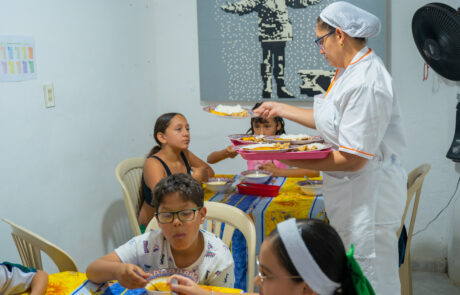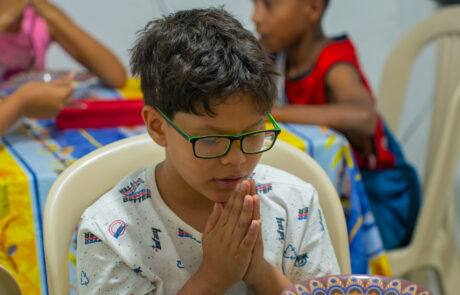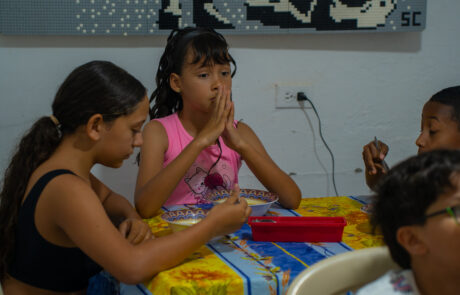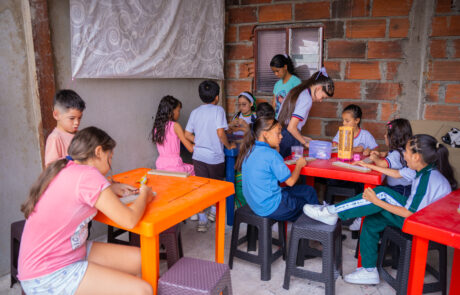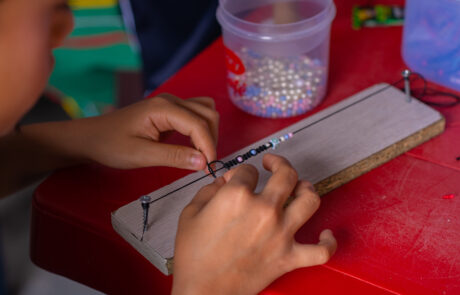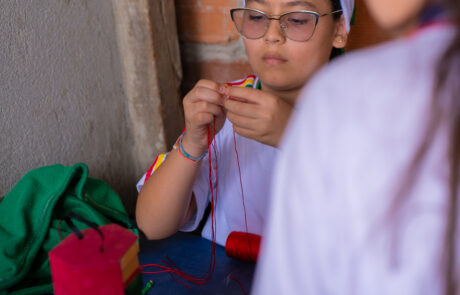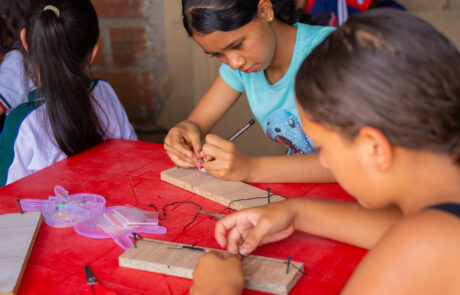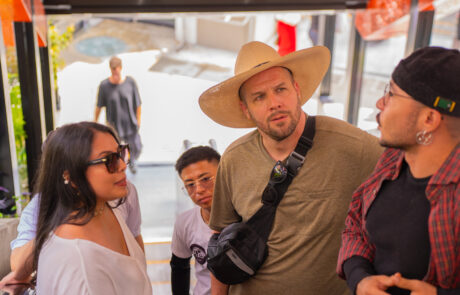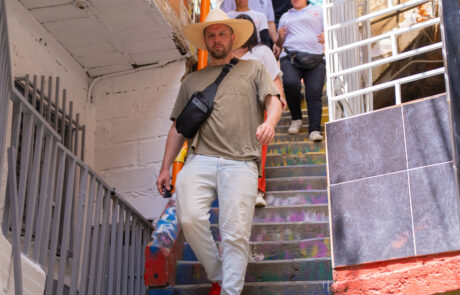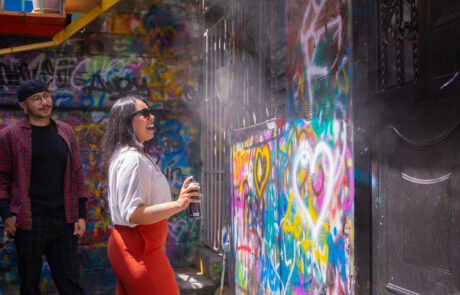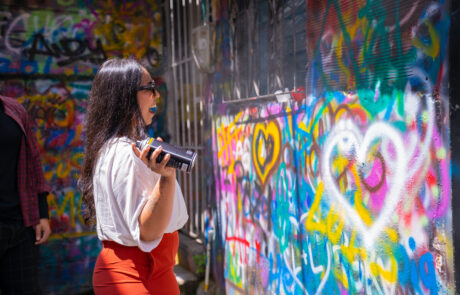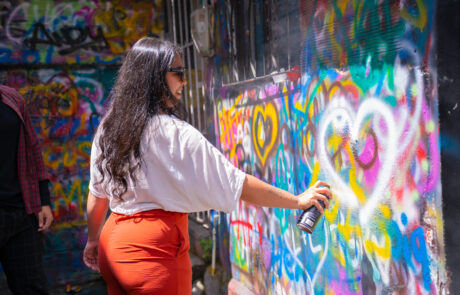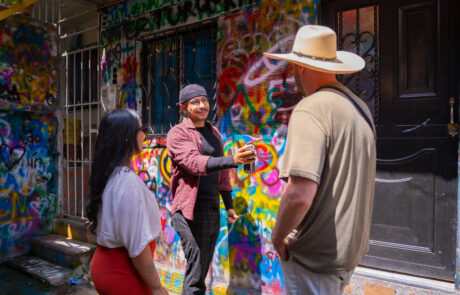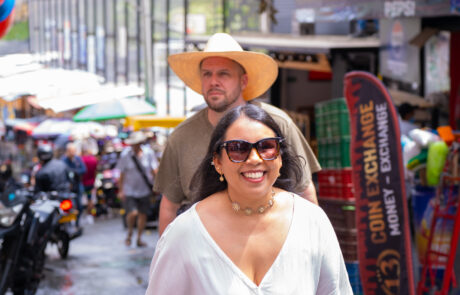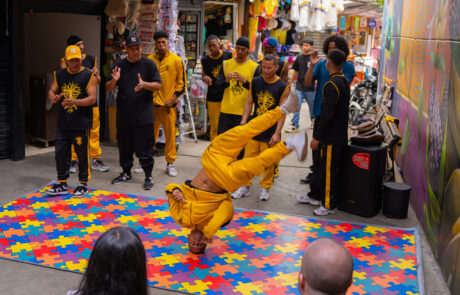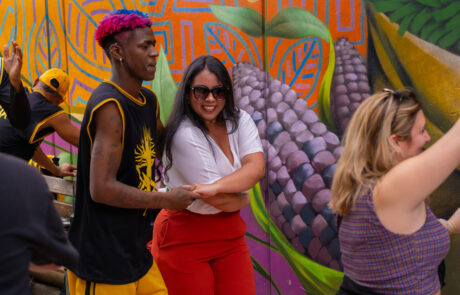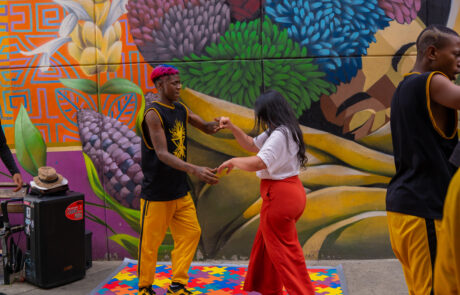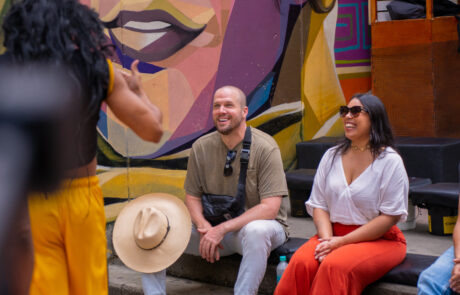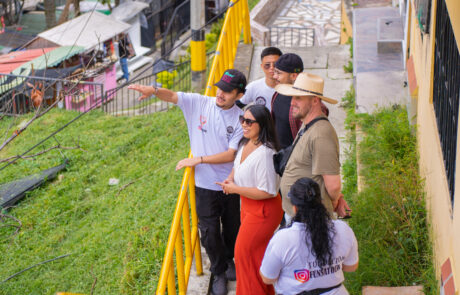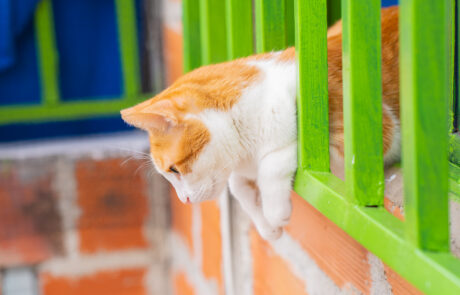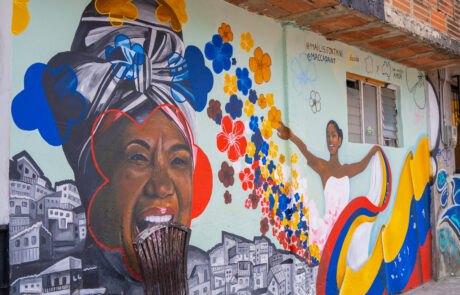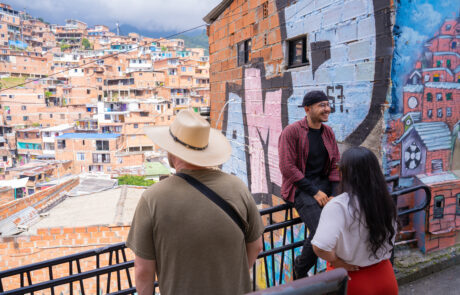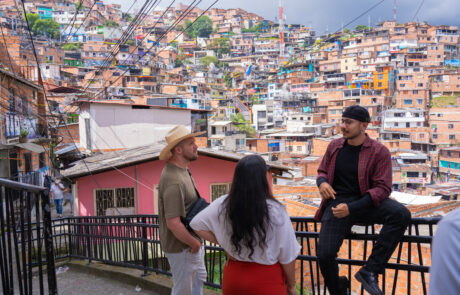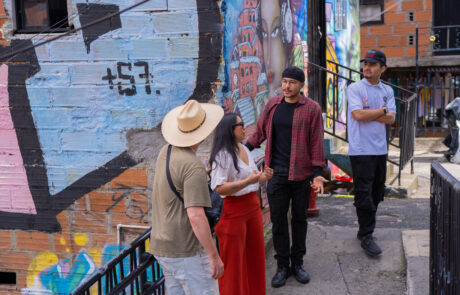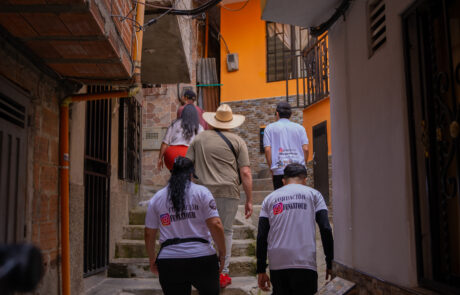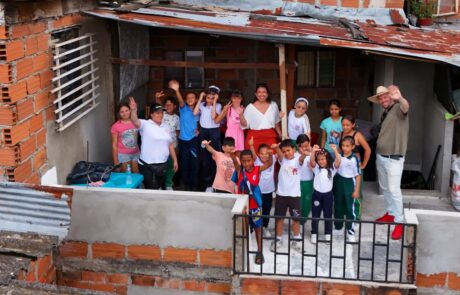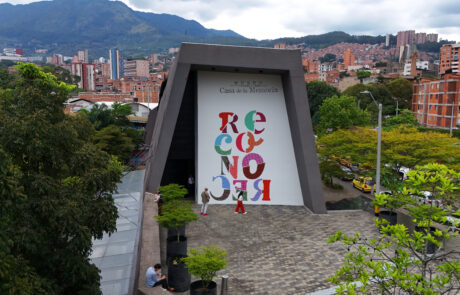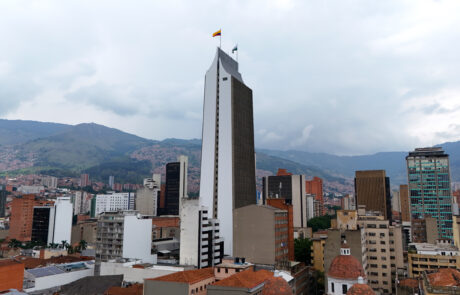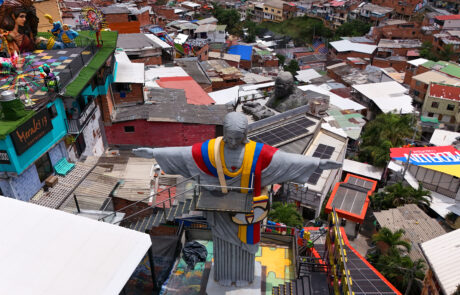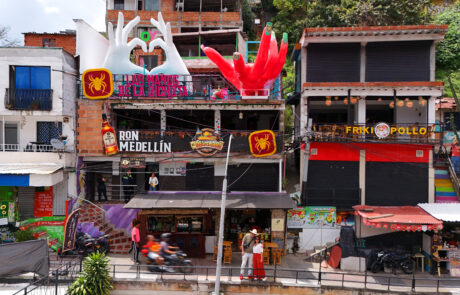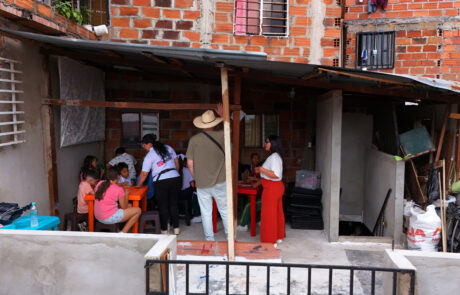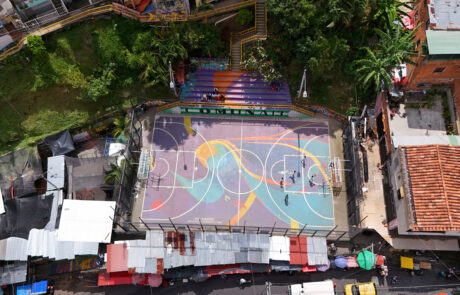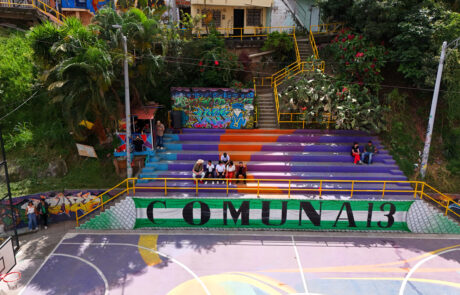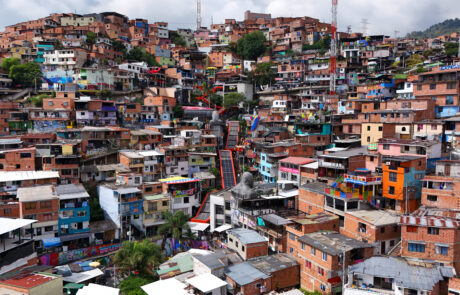Medellin One Day Tour
Experience Medellin on a private full day tour. The entire tour schedule is broken down below. The tour will require walking uphill in 2 neighborhoods we visit and up many steps. A private bilingual driver and guide and all meals are included.
Medellin 1 Day Tour Schedule
On the One Day Tour you will learn all about the history of Medellin and what life is like here nowadays. You will probably have life changing experiences, learn a Latin dance move or two, enjoy delicious food, learn about Pablo Escobar and the impact of narco violence, meet two amazing foundations that serve their communities, and be guided throughout the city.
Impact Statement: Your purchase makes a real impact. We make a donation for every person we send to both barrios (Comuna 13 and Barrio Pablo Escobar) to local nonprofits in those neighborhoods that will be your guides all day.
- 8am
- Hotel/Airbnb
- 8:30am
Restaurant
9:30am
Impact Tour!
11:30am
15 minutes
12:30pm
- 30 Minutes
12:30pm
Downtown
20 minutes
2:30pm
5pm
- Hotel/Airbnb
Tour Pricing with discount
Our tour prices depend on the number of people. Bigger groups get bigger discounts. Please keep in mind this is a private tour including private car and driver, bilingual guide, food and drinks, and entrance to various neighborhoods where we have to pay for your entry. This is an impact tour where we pay a portion of every person’s daily ticket purchase to local non-profits that you will meet on your tour day!
Upgrade Tour options
Do you want to take the entire tour in a bulletproof SUV? Or how about seeing Medellin from the sky, in a helicopter?
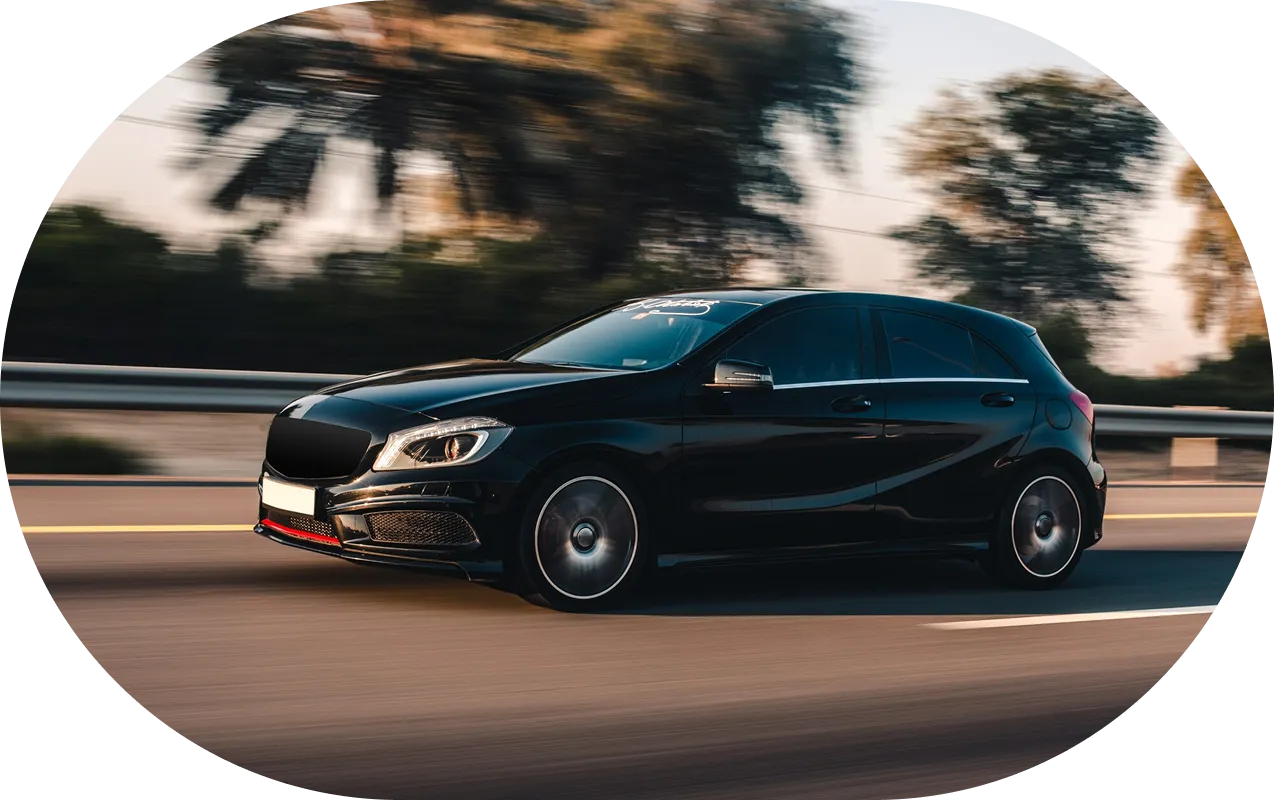
Travel by Bulletproof SUV
Take the entire tour in a Bulletproof SUV. Feel safe and secure as you explore Medellin. Only for groups of 4 or less.
for additional $280
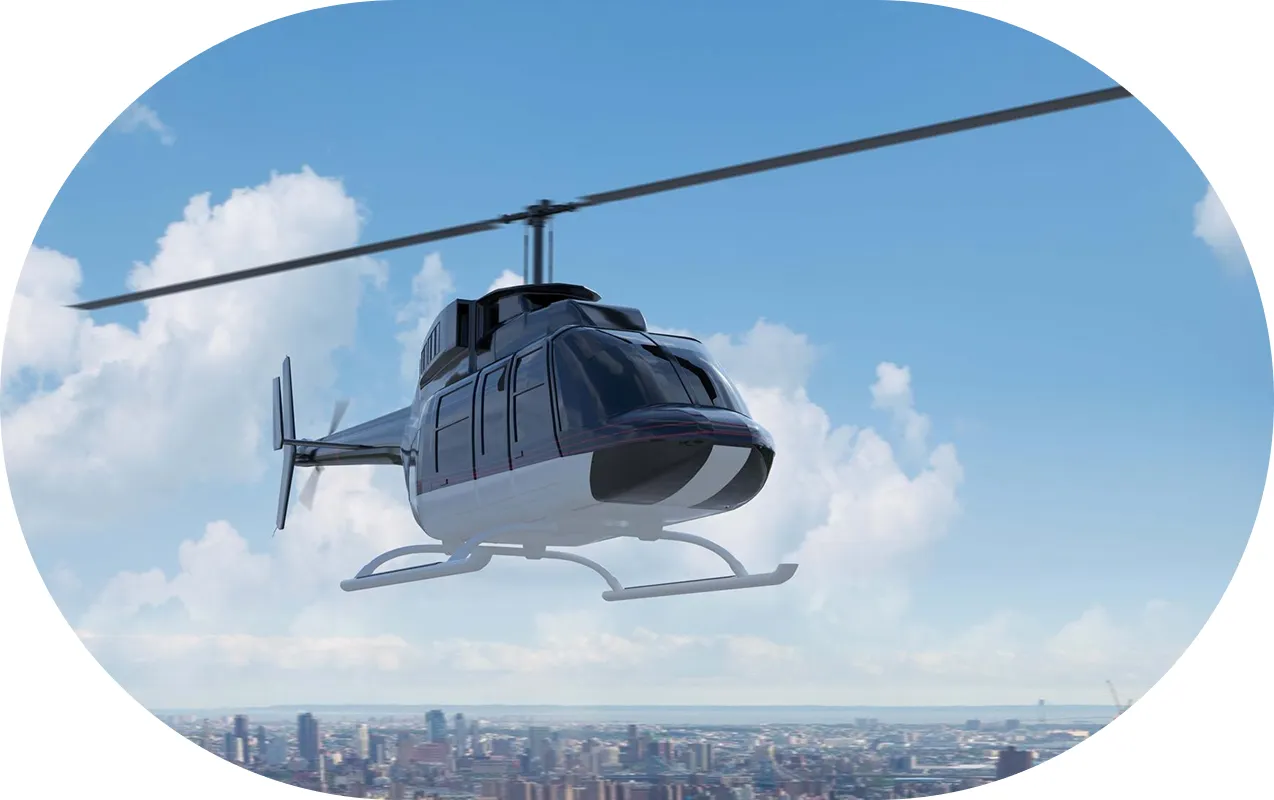
Take a helicopter ride
See the city from a bird’s perspective
for additional $99/person
Medellin One Day Tour Gallery
Discover the vibrant heart of Medellin through our private city tour. From colorful street art in Comuna 13 to the rich history of Barrio Pablo Escobar, each photo captures unforgettable moments, local culture, and the impact of community-driven experiences.
check availability
Reserving your tour is easy. Simply choose the date, number of persons, language preference, and upgrades. After that just enter your name, email and phone. Add a message if needed (dietary restrictions, health issues, baby seats, etc.) and then choose to pay with card or Paypal and follow the instructions.
FAQ’s
Common One Day Tour Questions and Answers
A lot of our customers have asked questions before booking, so we are sharing the most frequently asked questions with you below. Contact us if you don’t see the answer to your question!












